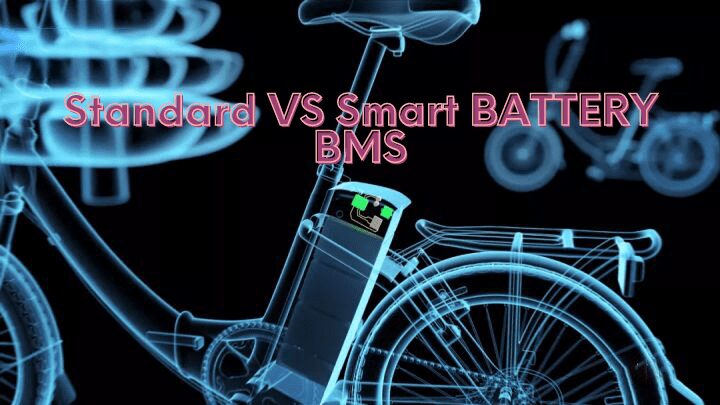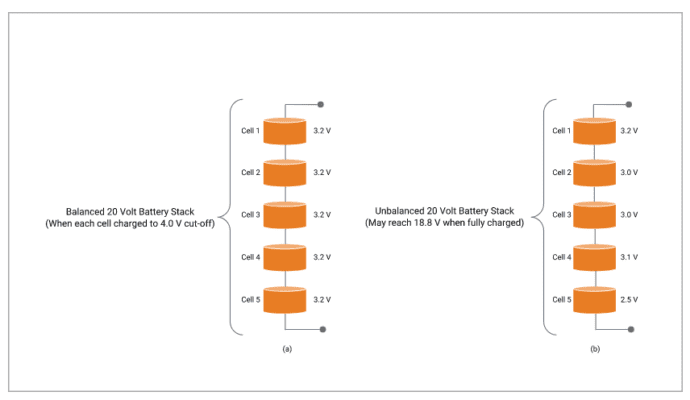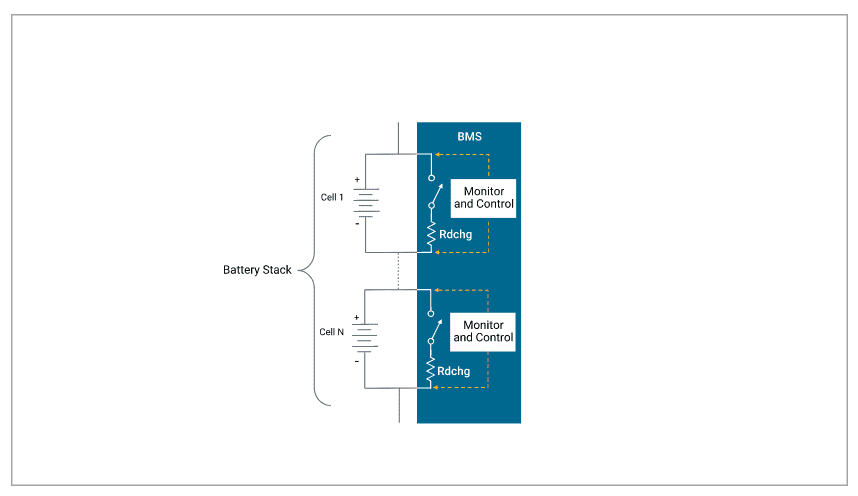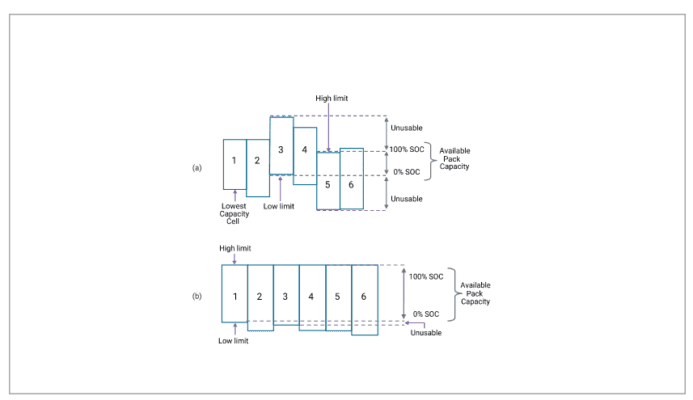
Mark Allen
Author
CEO & Founder OUTLOO Technology Enterprise Inc

Why Smart BMS Battery Good Than Standard One?
Lithium batteries have the characteristics of high specific energy, high power density, long cycle life, low self-discharge, high cost performance, and green environmental protection.
Such advantages have become the main choice for electric vehicles. However, due to the high energy density of lithium batteries, it is difficult to ensure their safety, so a matching battery protection system (BMS) is required to ensure the safety of batteries and equipment.
At present, BMS is mainly divided into two categories: stander BMS and smart BMS with communication protocol. This article discusses and compares the advantages and disadvantages of the two types of BMS.
1. Safety
Lithium batteries are not allowed to exceed their specified current, voltage and temperature ranges. Both types of BMS can protect lithium batteries. The difference is that the smart BMS has more comprehensive protection and can cope with more complex use environments. For example, smart BMS has more perfect current protection function, and stander BMS often needs to set the over current value to more than 1 times, such a current smaller than this value will not be able to protect, but it has actually far exceeded the maximum withstand range of the BMS itself or the cell. In addition, in terms of BMS self-inspection, smart BMS has more advantages. Once discharge, especially the charging power

device is damaged, smart BMS can prompt users to stop using it, while stander BMS cannot, which may eventually lead to safety accidents.


2. Storage
Due to transportation, turnover or usage habits, sometimes the battery may need to be stored for a long time (>3 months). The stander BMS does not have an automatic hibernation function, so it cannot hibernate in advance according to the usage conditions. The dead battery has become a problem in the market. Smart BMS can enter deep sleep in advance according to the usage and its own state, which can greatly extend the storage time of the battery.
3. User Experience
Both BMS can control output and view power, but the smart BMS is more accurate and flexible. For example, the LED button can be used to control the output, which can solve the output control problem of the non-switching battery. The intelligent BMS provides a more accurate power display, and can also send the power result to the on-board meter.
4. After-sale service
With the communication and massive data recording functions of the smart BMS, the current status and historical usage of the battery can be obtained by using the supporting computer software without disassembling the battery, so that to achieve rapid after-sales, give a battery diagnosis report on the spot, and determine the responsible party for battery failure, which can avoid losses caused by user problems.


5. Traceability
The smart BMS adopts dual barcode design, even if the barcode on the casing is lost, it can be traced back to the production date of the battery, the number of times of use, and the data of the entire production process including the BMS.

6. Cost and reliability
Stander BMS has simple functions, low complexity and small number of devices, so low cost is its biggest advantage. At the same time, because of the simple circuit, it can meet the basic needs even if the designer is of average level. For the smart BMS system, it is with complex and requires more High level of hardware and software, many companies have not yet developed it and put it on the market, so it’s leading to the market illusion that the reliability of smart BMS is low, but in fact it is not the case.
